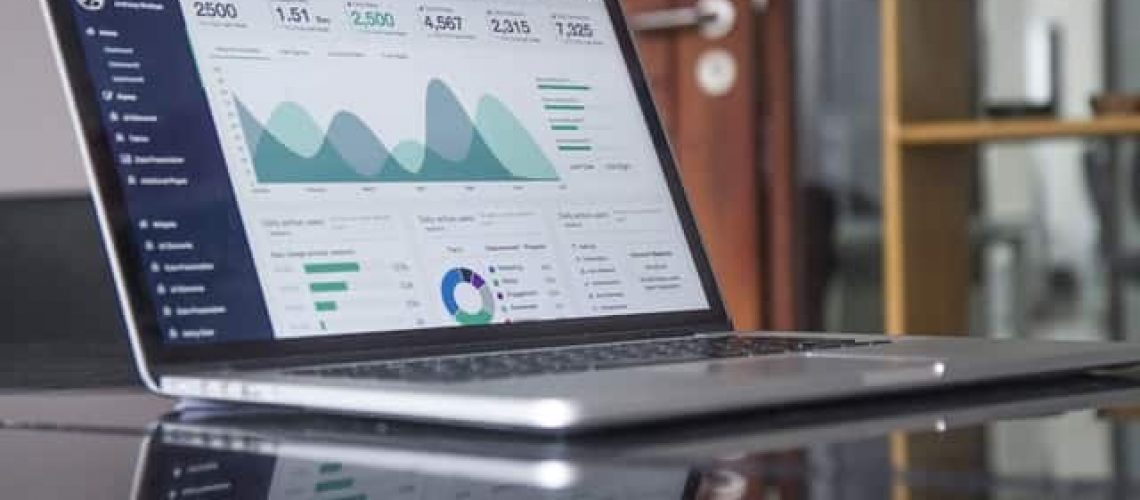Filing tax returns is a dreaded task for many business owners. So when HMRC introduced the Making Tax Digital (MTD) scheme, I’m sure the initial reaction for many small businesses was panic.
Changing such a crucial financial process can be scary – especially when there is so little room for error. But what if we told you that these changes would amount to less stress, fewer mistakes and greater control over your taxes and finances?
To help you prepare for MTD and reap all of the benefits of streamlining your tax returns, we’ve explained what MTD is and how it will affect your business over the next couple of years.
What is MTD?
Making Tax Digital (MTD) is a government initiative that aims to streamline tax administration by moving tax online. Essentially, the plan is to modernise how you file your tax returns by using accounting software to make the process more efficient, user-friendly and, eventually, paperless.
From its initial implementation in 2019, the transition period for MTD will have spanned five years in total – giving us plenty of time to get you up to speed:
- The first stage of the process began in April 2019, requiring VAT-registered businesses with a taxable turnover above £85,000 to follow MTD rules by keeping digital records.
- Phase two will commence in April 2022, requiring VAT-registered businesses with a taxable turnover below £85,000 to follow the same processes.
- In April 2024, the next stage of MTD starts – Making Tax Digital for Income Tax Self-Assessment. This is where sole traders and property landlords will start to file quarterly returns and use digital record keeping.
-In April 2025 partnerships will also join the MTD for Information Technology Services Agency (ITSA) scheme.
-At some point in the future all businesses, business owners and property landlords will file their personal, VAT and corporation tax digitally.
For further details on MTD legislation, you can visit the gov.uk website
So what does this mean for your business?
There are several changes to legislation that you can actively prepare for prior to their enforcement in 2024 – here is what you can expect over the next few years:
Five tax returns per year – whilst this may sound daunting (and probably like your worst nightmare), filing your tax returns in five smaller, more manageable chunks will undoubtedly relieve a lot of stress. By breaking down the process into quarterly updates, plus a final year-end declaration, you will be able to monitor your tax throughout the year and minimise the risk of making any mistakes.
Digital records of all your transactions – this is fundamental to complying with MTD as these transactions will form the basis of your quarterly updates.
MTD compliant software – if you are responsible for your bookkeeping and aren’t using digital software for your accounting, you will need to learn to do so. This software must meet MTD regulations (click here to see which software platforms are MTD compliant). If you already pay for an accountant, you can continue doing so – they will facilitate any of these necessary changes.
Pay as you go – as usual, your tax liability must be paid by 31 January. However, with the introduction of the new quarterly system, you also have the option to pay your taxes as you go.
£10,000 threshold for sole traders – anyone who earns over £10,000, either via self-employment or as a landlord, will also have to follow MTD regulations. Whilst this isn’t mandatory until April 2024, there is a voluntary pilot scheme available for small businesses to help streamline this process.
Don’t be afraid to ask questions
Transitional periods can be scary, especially when it implicates your business. But remember, this scheme wants to make filing your tax returns easier!
The best way to prepare for MTD is to read up on the subject, visit the government website and ask as many questions as possible. After all, knowledge is power. And, if you’re still unsure when the deadline creeps around, consider seeking professional help – accountants can always manage this process for you.







